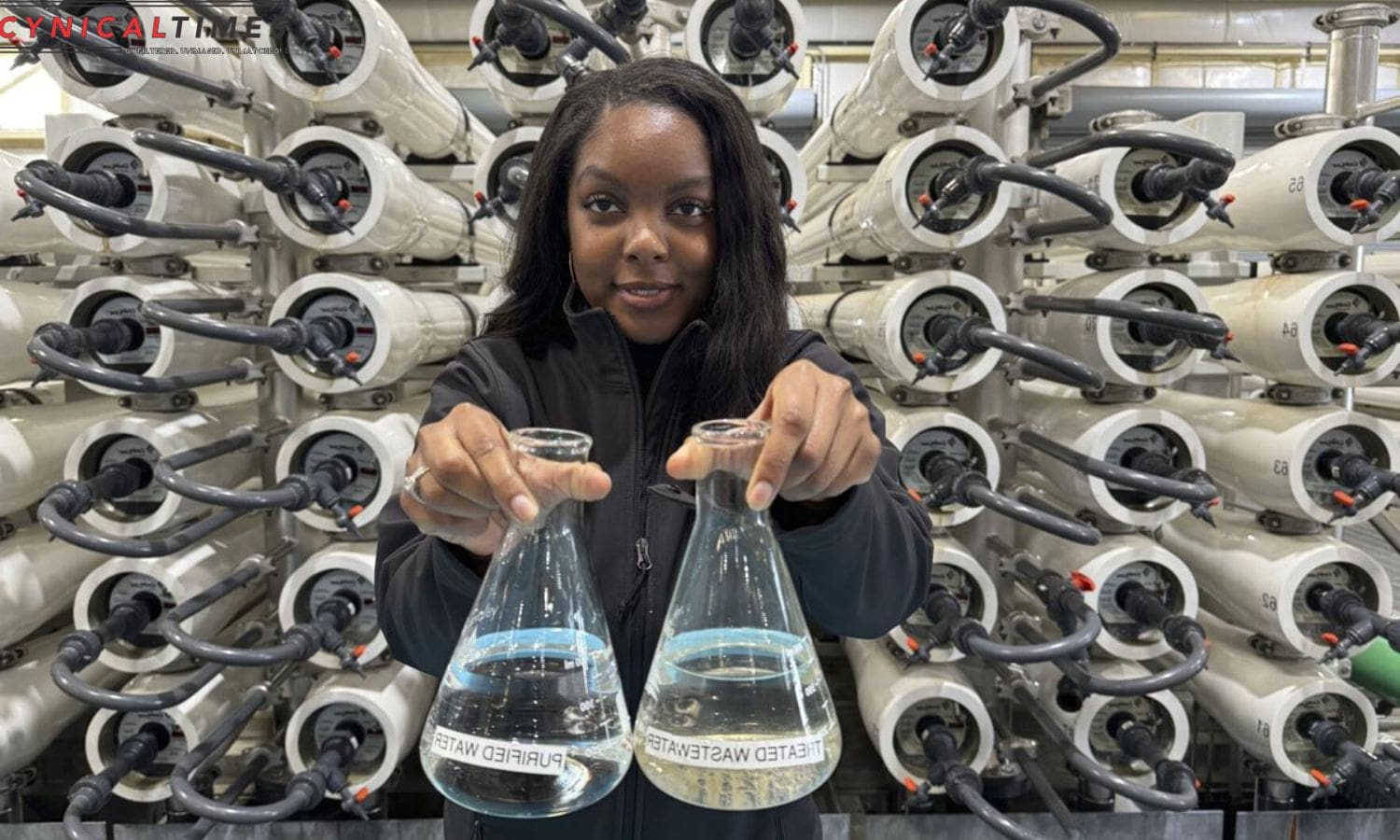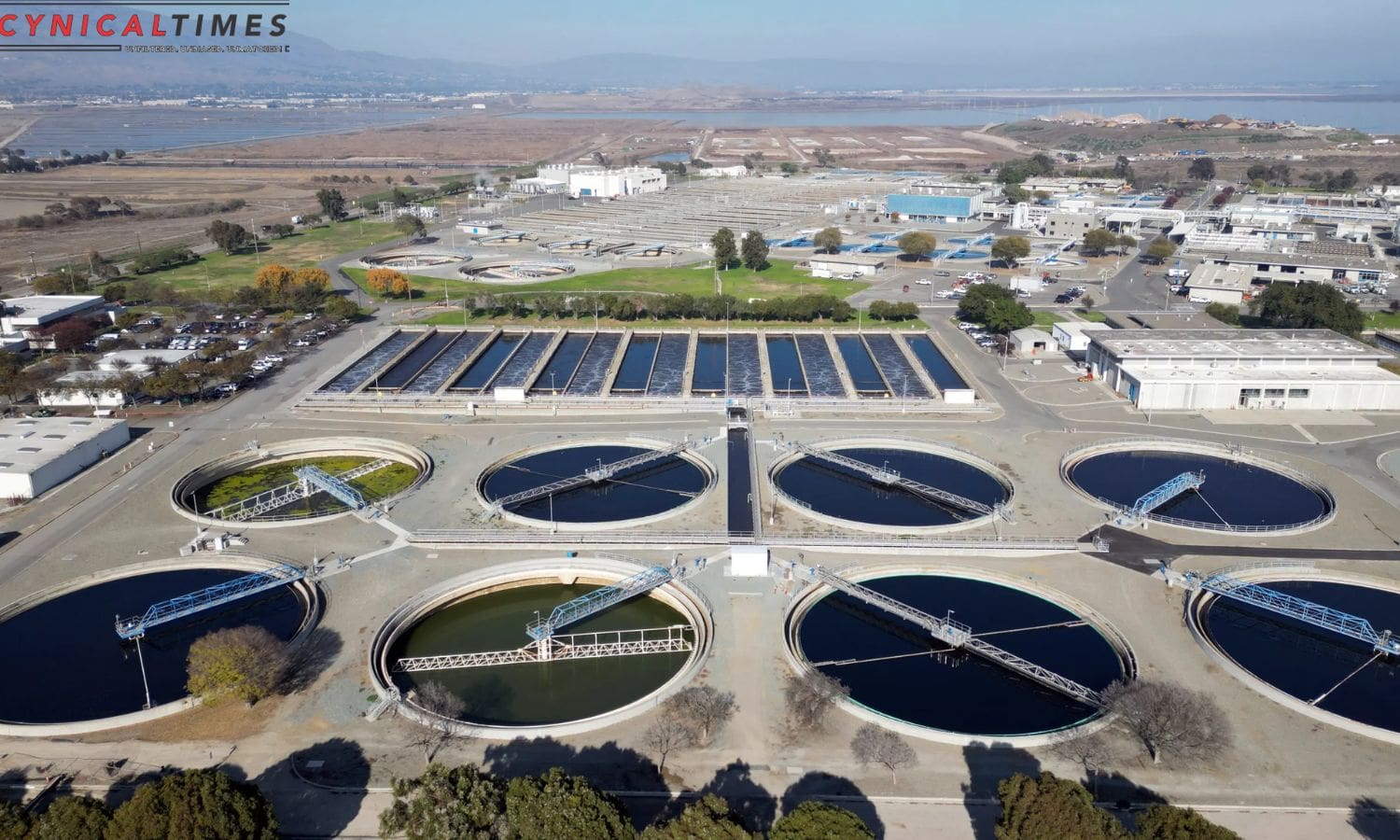California Water Revolution: California’s water revolution is gaining momentum as regulators have recently granted approval for the direct potable reuse (DPR) of wastewater. This landmark decision comes at a crucial time for the state, which has been grappling with water scarcity issues.
In this article, we explore the technological rigor behind DPR, the evolving public sentiment towards water management, and the implementation of Governor Newsom’s vision for a sustainable water future.
Fascinating world of California’s recycled wastewater and its potential to transform the state’s water landscape.
Key Takeaways Of California Water Revolution
- California has recognized the need for innovative and sustainable solutions to address water scarcity, leading to the approval of Direct Potable Reuse (DPR) as a viable option.
- Advanced treatment technologies, such as reverse osmosis and ultraviolet disinfection, ensure that recycled wastewater meets or exceeds drinking water standards for direct human consumption.
- Public sentiment towards recycled water as a drinking source has evolved due to increasing awareness, advances in water treatment technology, and public education campaigns, fostering acceptance and building trust.
- California regulators’ unanimous approval of DPR regulations demonstrates a strong commitment to ensuring the safety and quality of recycled water, setting a precedent for other regions facing similar water challenges.


California Regulators Approve Direct Potable Reuse (DPR) of Wastewater
California regulators have approved the direct potable reuse (DPR) of wastewater, marking a significant milestone in addressing the state’s persistent water scarcity challenges. This groundbreaking decision allows for the recycling of wastewater to be treated and made safe for direct human consumption. By embracing this innovative approach, California is leading the way in water conservation and sustainability.
The DPR regulations have been unanimously approved, indicating a strong commitment from the regulators to ensure the safety and quality of the recycled water. This decision not only addresses the pressing issue of water scarcity in the state but also demonstrates a forward-thinking approach towards utilizing available resources.
The approval of direct potable reuse is a testament to California’s dedication to finding sustainable solutions for its water needs and sets a precedent for other regions grappling with similar challenges.
California’s Struggle with Water Scarcity and the Shift to DPR
The state’s persistent water scarcity challenges have prompted a significant shift towards Direct Potable Reuse (DPR) as a solution to California’s struggle with limited water resources. California has long grappled with water scarcity, exacerbated by severe droughts that have left reservoirs and underground aquifers depleted.
As a result, the state has recognized the need to find innovative and sustainable solutions to meet its water demands. DPR, which involves treating wastewater to a level that it can be safely used as drinking water, has emerged as a viable option. By implementing advanced treatment technologies, such as reverse osmosis and ultraviolet disinfection, California can ensure that recycled wastewater meets or exceeds drinking water standards. The table below highlights some key benefits and challenges associated with the shift to DPR.
| Benefits | Challenges |
|---|---|
| Provides a reliable | High upfront costs |
| source of drinking | Public acceptance and |
| water | perception concerns |
| Reduces reliance on | Regulatory and policy |
| imported water | considerations |
| Helps to replenish | Potential health risks |
| depleted water sources | from trace contaminants |

Also Read: California 6 Billion Dollar Gas Tax Drop Sparks Infrastructure Woes
The Technological Rigor Behind Direct Potable Reuse
How is the technological rigor behind Direct Potable Reuse ensuring the highest water quality standards are met?
Direct Potable Reuse (DPR) involves a multi-layered approach to treatment that ensures the removal of pathogens and viruses, resulting in water that meets or exceeds drinking water standards.
The process begins with advanced treatment technologies such as microfiltration, reverse osmosis, and advanced oxidation, which effectively remove contaminants from the wastewater.
These technologies are capable of filtering out particles as small as viruses, ensuring the water is free from any harmful microorganisms.
Additionally, disinfection processes, such as ultraviolet (UV) irradiation and chlorination, are employed to further eliminate any remaining pathogens.
To ensure the effectiveness of these treatment processes, rigorous monitoring and testing are conducted throughout the entire DPR system.
This includes regular sampling and analysis of the treated water to ensure it meets the strictest water quality standards.
The technological rigor behind DPR is crucial in ensuring that the recycled wastewater is safe and meets the highest water quality standards for direct potable reuse.
Public Sentiment and the Evolution of Water Management in California
Public sentiment towards recycled water as a drinking source has undergone a significant shift, reflecting California’s progressive approach to water management. As the state faces ongoing challenges in water supply, the evolution of public sentiment has played a crucial role in shaping water management practices.
Here are four key points to consider:
- Increasing awareness: Californians have become more aware of the need for sustainable water solutions, leading to a greater acceptance of recycled water as a viable option.
- Trust in technology: Advances in water treatment technology have instilled confidence in the safety and quality of recycled water, assuaging public concerns.
- Education and outreach: The state has invested in public education campaigns to inform citizens about the benefits and safety measures of recycled water, further building public trust.
- Community involvement: Engaging communities in the decision-making process has fostered a sense of ownership and empowerment, driving acceptance of recycled water as a drinking source.

California’s Water Future: Implementing DPR and Governor Newsom’s Vision
As California looks towards its water future, the implementation of Direct Potable Reuse (DPR) and the realization of Governor Newsom’s vision are key factors in ensuring water resilience for the state. DPR is a process that treats wastewater to a level where it can be safely used as drinking water. This approach has the potential to greatly increase California’s water supply, reduce reliance on traditional water sources, and enhance overall water sustainability.
Governor Newsom has set ambitious goals for increasing the use of recycled water in the state, aiming for a 75% recycling rate by 2030. This aligns with his broader vision of creating a more resilient water system that can withstand future droughts and climate change impacts. By embracing DPR and investing in water recycling infrastructure, California can secure its water future and set an example for other water-stressed regions around the world.
| Benefits of Implementing DPR | Challenges to Implementing DPR | Solutions |
|---|---|---|
| Increased water supply | Public perception and acceptance | Education and outreach programs to inform the public about the safety and benefits of DPR |
| Reduced reliance on traditional water sources | High cost of implementing DPR | Government funding and partnerships with private sector to finance and support projects |
| Enhanced water sustainability | Regulatory hurdles and standards | Collaboration between water agencies, regulators, and experts to develop comprehensive guidelines and regulations for DPR |
Conclusion Of California Water Revolution
The approval of recycled wastewater for drinking in California marks a significant step forward in addressing the state’s water scarcity issues.
The implementation of Direct Potable Reuse (DPR) showcases the technological rigor behind this innovative solution.
Moreover, the evolving public sentiment and the vision of Governor Newsom signal a promising future for water management in California.
By embracing DPR, the state can ensure a sustainable and reliable water supply for its residents.
Our Reader’s Queries
What was the California water Project in the 1930s?
Back in the 1930s, the federal government stepped in to help out the Central Valley and its thriving agricultural industry. They created the Central Valley Project (CVP), which was constructed by the U.S. Bureau of Reclamation. This project was designed to transport water from Lake Shasta in the north all the way down to Bakersfield in the southern San Joaquin Valley. Thanks to the CVP, this once arid but fertile region was able to flourish and continue to provide for the nation’s food supply.
How is California solving the water crisis?
With the climate rapidly changing and a hotter, drier future on the horizon, the state is dedicated to supporting local agencies in their efforts to advance groundwater recharge projects. This includes assisting in obtaining temporary water rights permits to capture peak flows and store the water underground for future use. Our goal is to ensure that we are prepared for the challenges ahead and have a reliable source of water to sustain us in the years to come.
Where does 75% of California’s freshwater supply come from?
California’s water supply is heavily concentrated in the northern region, with around 75% of it coming from north of Sacramento. However, the southern two-thirds of the state accounts for 80% of the water demand. The Sacramento-San Joaquin River Delta is a crucial source of water for the state, receiving approximately 40% of California’s total precipitation and 50% of its total streamflow.
What is the future of the water in California?
California’s water supplies are at risk of decreasing by 10 percent over the next two decades due to the changing climate. The West is becoming hotter and drier, resulting in less snowfall, increased evaporation, and higher water consumption by vegetation, soil, and the atmosphere. These factors pose a significant threat to the state’s water resources.

